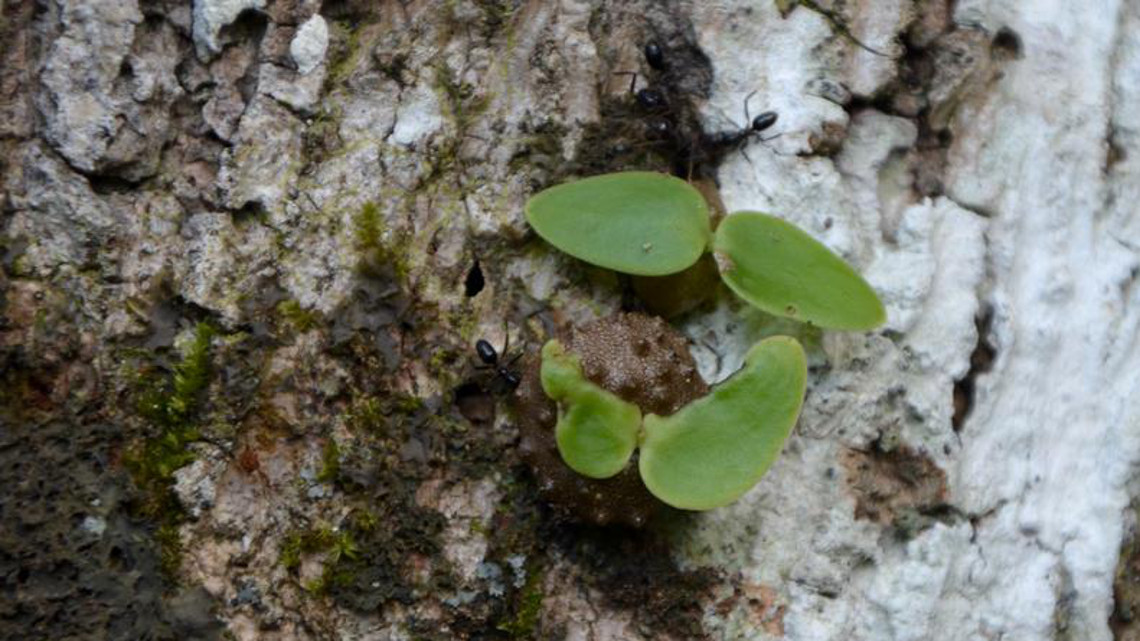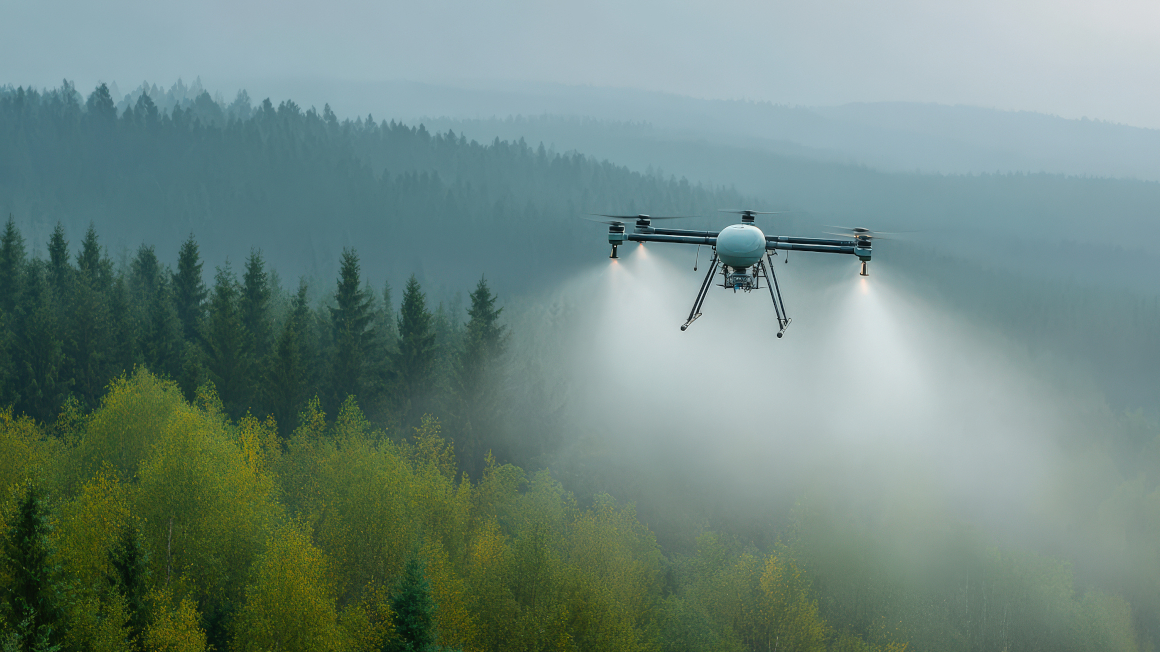Ants with a talent for gardening
Ants are social insects with many talents. Biologists from Munich found a species of ants on the Fijian Islands that cultivate coffee plants with the aim of later inhabiting them.

Ants are diligent workers. These social insects form a super-organism that divides up roles in a clear fashion. They also cooperate with other living creatures that protect them from predators or provide them with nourishment. The idea of ants, like many other living creatures, living in symbiosis with other animals and plants is yesterday's news. Researchers from the Ludwig Maximilian University in Munich, however, have discovered an unusually close symbiotic relationship on the part of the insects.
Intentional coffee cultivation at dizzying heights
On the Fijian Islands in the south Pacific, botanist Susanne Renner and her team discovered an ant species that intentionally cultivates plants high up in the treetops in order to nest in their crevices later. The ant species concerned is Philidris nagasau, which has been proven to possess a special talent for gardening. At least six closely related species of the coffee plant Squamellaria are cultivated by the ants. The process has been taking place for some 3 million years, according to the report by researchers in the scientific journal "Nature Plants". "There are three or four tree species that serve as hosts and are also beneficial to the ants: this is either because they form nectar that is easily accessible or because they have a particularly soft bark, allowing ants to enlarge any tears present easily," says Susanne Renner.
A long history: when tradition becomes an eternity
As is the case with real plant-breeders, the ants too selected only suitable seeds. Rice corns or other seeds laid out in front of the ants as part of an experiment were not considered for use by them. Instead, in each case they selected seeds of the Squamellaria plant, which grows on trees. They placed the seeds in the cracks of the host's bark, where over time they germinated, growing into a coffee plant. According to the study, over millions of years the coffee seeds developed a specialised 'foot' shape, which helps them grow outwards from the bark’s cracks towards the light.
In the process, they form bulbous growths with crevices where ants come and go at will, fertilising the epiphytic seedlings with faeces and urine, as they cannot receive nutrients from the soil. The bigger the plant becomes, the bigger too is the cavity, which offers a secure living space for the ants. According to the researchers, the symbiosis between the Squamellaria coffee plant and the Philidris nagasau ant community has become so close that neither can survive without the other. The botanists from Munich hypothesise that, over millions of years, the ants developed a particularly efficient procedure for reproducing the host plant after it had become accustomed to living on trees.
bb


